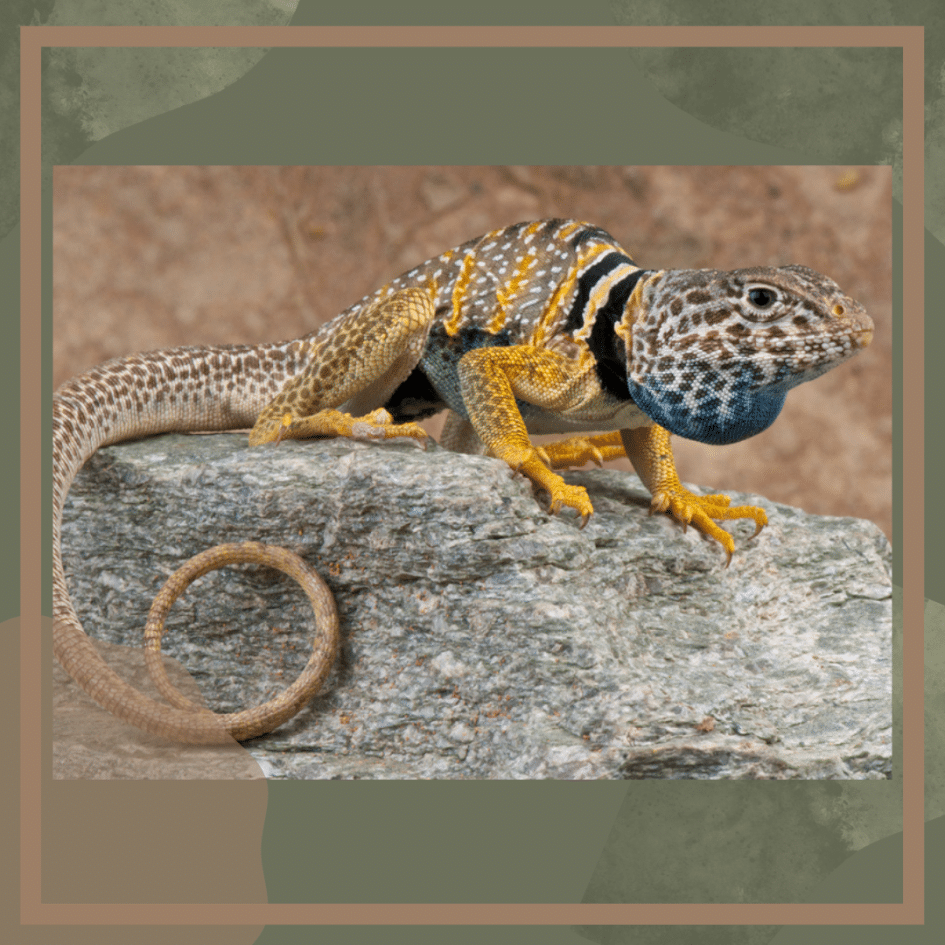

What are the Dietary Needs of the Most Popular Pet Lizards?
Lizards of many varieties are popular pets, but it can be difficult to know what to feed them. Learn more about each species' dietary requirements here!
Lizards of all varieties are popular pets, and with so many different species available today, it can be difficult to know what to feed them. Some lizards are carnivores (only consume animal items), others are herbivores (only eat plants and fruits), while yet others are omnivores (eat both meat and vegetables plus fruit). It is hard to generalize what lizards consume since various lizard species require different diets to thrive.
We know that all lizards need fresh water daily and that most require additional minerals such as calcium and vitamin D3, as well as a multivitamin, the frequency of which varies according to species, age, and reproductive status. Supplemental vitamins and minerals are often administered in the form of a powder that is sprinkled in small amounts on insects or produce, depending on the lizard’s diet.
Calcium without additional vitamin D3 should be sprinkled on food every other day for most frequently held captive lizards, with calcium-containing vitamin D3 on the days in between. A multivitamin supplement should also be included in the diet once a week. Finally, regardless of species, lizards should never be fed fireflies (also known as lightning bugs) since these insects are poisonous and usually kill any lizards who consume them.
Bearded dragons, leopard geckos, and chameleons are among the most popular reptiles maintained today. Learn more about each species’ dietary requirements by reading on.
1. Bearded Dragons
Bearded dragons, the most popular lizards in the pet trade today, are omnivores and can eat both vegetation and small invertebrates, including crickets, mealworms, and waxworms. But a healthy diet for this type of lizard includes more than these staple foods. In addition to a varied diet, it is important to provide extra calcium for healthy bone and eggshell development.
Bearded dragons should be fed various vegetables, including dark leafy greens, collard greens, mustard greens, dandelion greens, escarole, bok choy, romaine lettuce, parsley, and parsnips. In addition, provide a wide selection of fruit, including apples, bananas, pears, kiwi, and small amounts of unripened fruits like strawberries, blueberries, and raspberries.
2. Leopard Geckos
Leopard geckos are carnivorous, meaning that they eat only animals. In the wild, they eat insects and crustaceans like shrimp and crickets. In captivity, they best eat a variety of insects, including crickets, mealworms, waxworms, and small amounts of dark leafy greens.
Insects should be dusted with a calcium powder that contains vitamin D3 to help them absorb the calcium; a multivitamin should be sprinkled on the insects once per week. Greens should be lightly sprinkled with a calcium powder that does not contain D3, and a multivitamin should be sprinkled on the greens once per week.
3. Chameleons
Chameleons thrive on live crickets, mealworms, roaches, and other insects. Silk and wax worms are favorites, but they should not make up the majority of a chameleon’s diet because they are fatty. Chameleons will also consume newborn mice. Chameleons’ long, sticky tongues flick out quickly to grasp food and transport it into their throat.
A baby chameleon requires smaller food than an adult. Small bugs, known as pinhead crickets and fruit flies, are ideal until they can consume adult quantities.
While chameleons are mostly carnivores, some veiled chameleons like eating fruits and vegetables occasionally. Chameleons can benefit from additional vitamins, minerals, and hydration from these. However, keep in mind that chameleons may be finicky eaters when it comes to vegetables. Some people prefer leafy greens, while others prefer a slice of fruit. Provide chameleons with bite-sized bits of fruit and vegetables.
To maintain appropriate nourishment, some chameleon owners put vitamins on their pets’ diets. Calcium, phosphorus, and vitamins D3 and A are all supplements.
Conclusion
Lizards are fascinating creatures and make wonderful pets. Whether you are a new or experienced lizard owner, it’s important to know what your pet eats. A healthy lizard with a well-balanced diet will be fun to watch and make for a rewarding pet.
The Pets People provides practical, real-life ideas and small pets news that will assist you in taking care of your pet. We wish to supply a solid library of comprehensive content covering many different subjects and pet animals such as cats, dogs, puppies, kittens, and small pet critters. Our group includes writers, independent consultants, and advisers from the pets sector to offer informative articles filled with valuable insights. Browse through other useful pet insights in our blog today!
Discover how to create a joyful, healthy home for your pet.
Subscribe to your weekly rundown of practice, real life ideas and training tips straight to your inbox.


